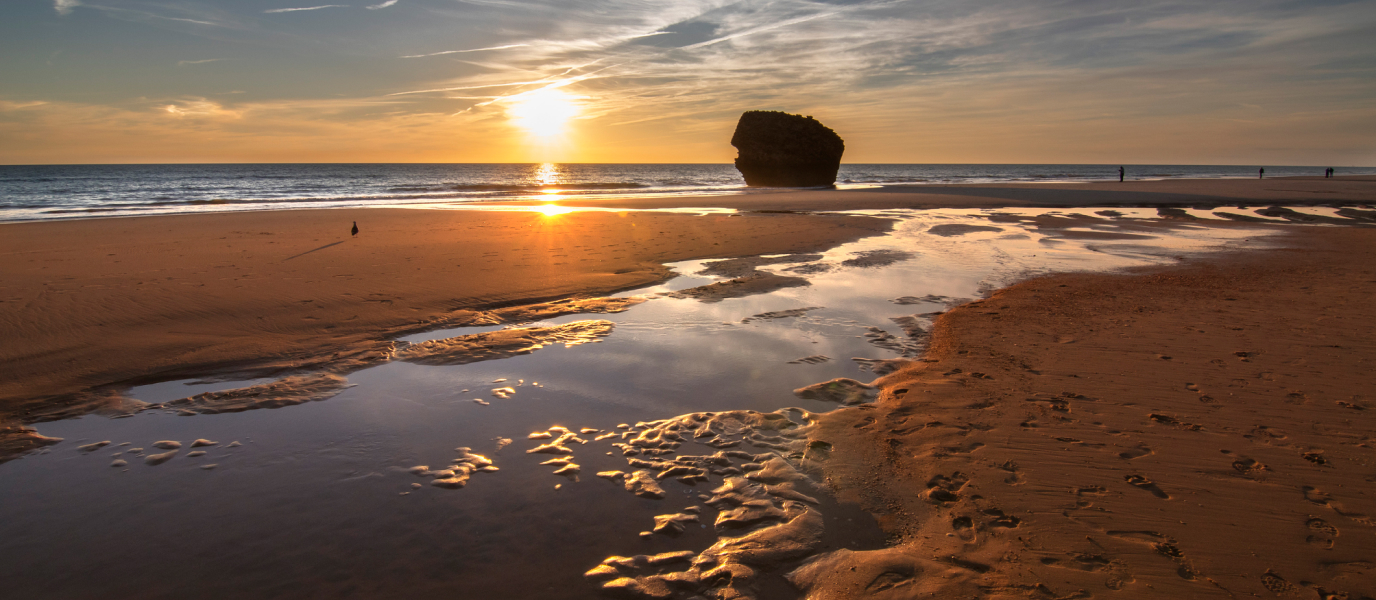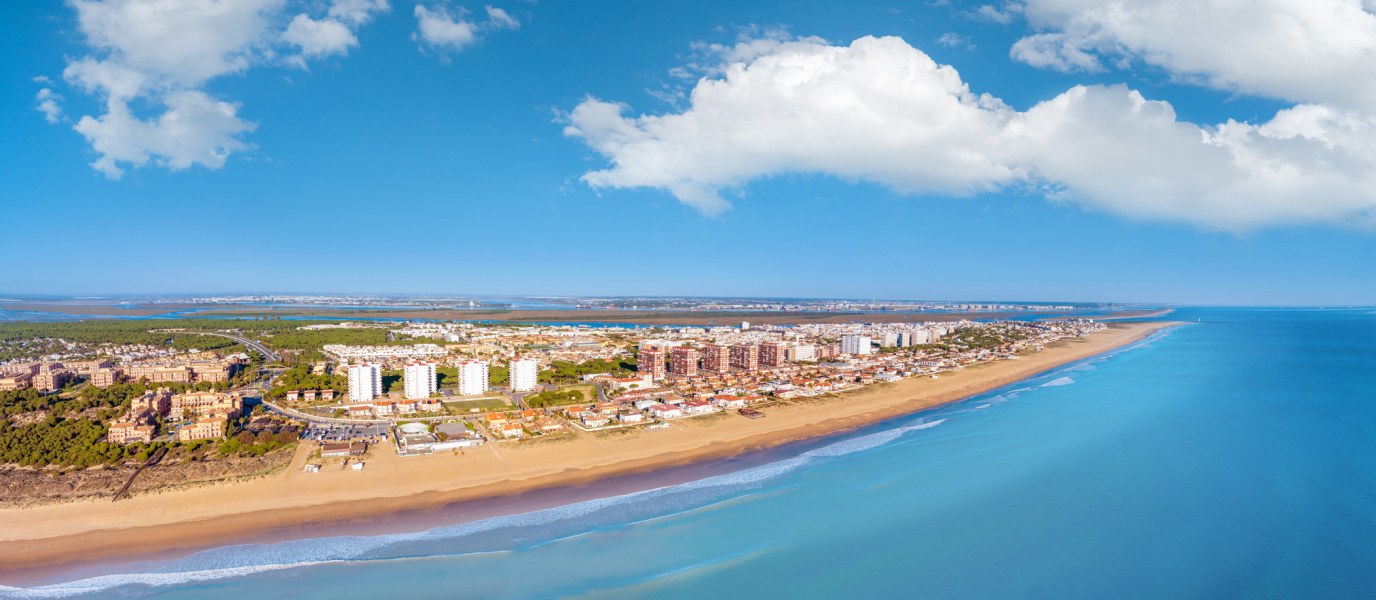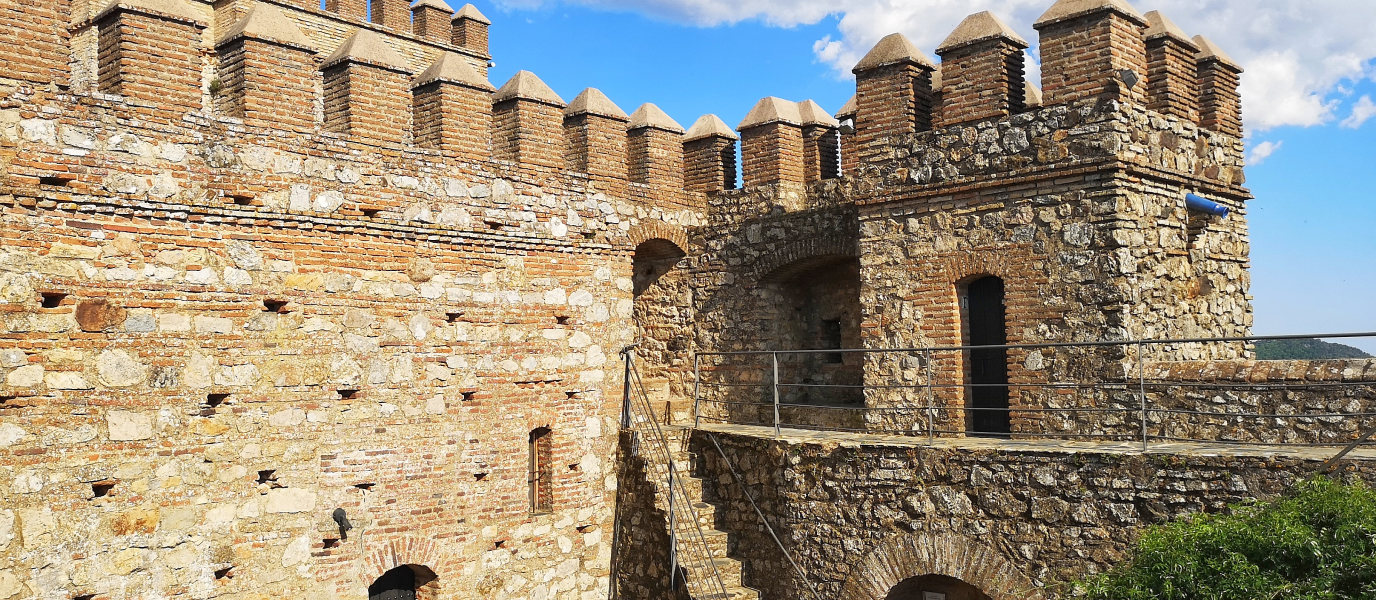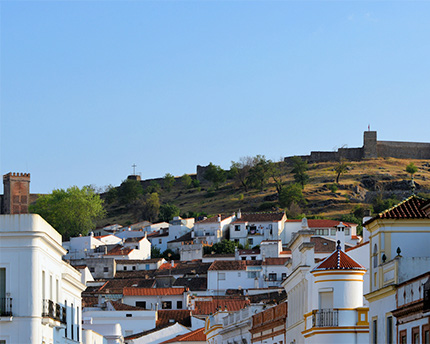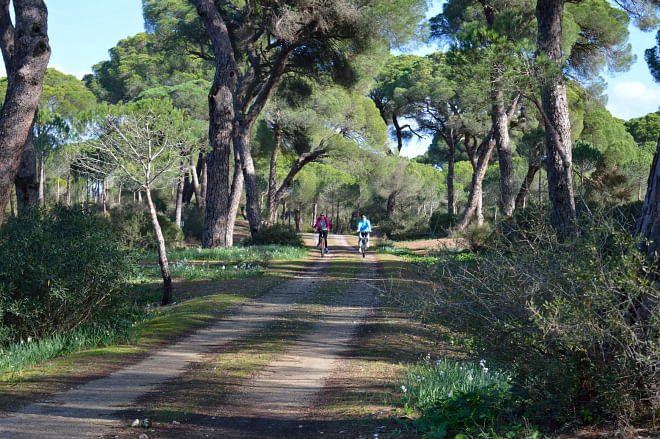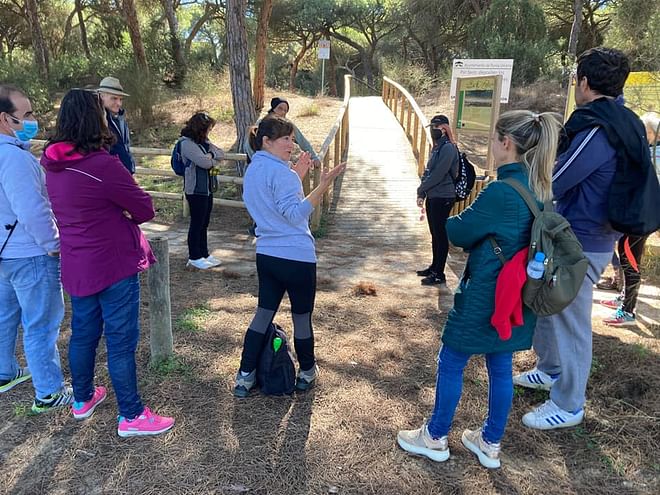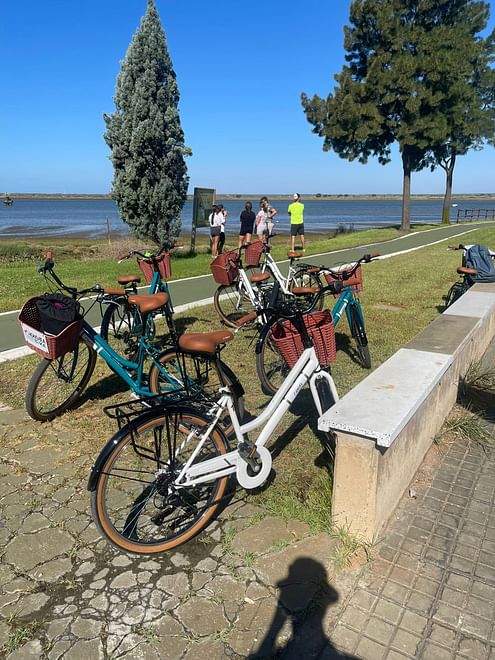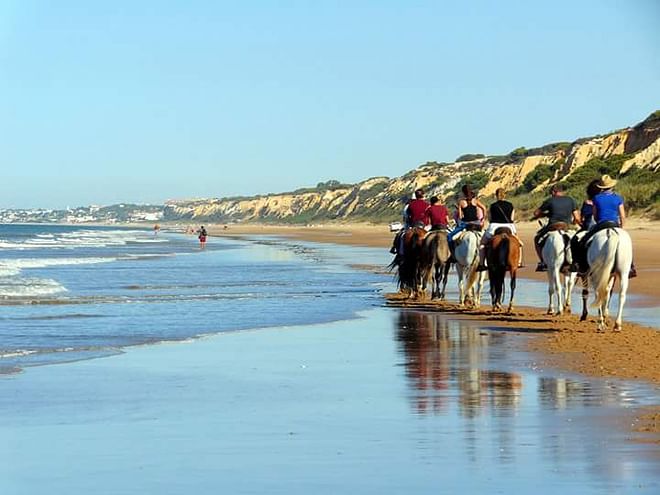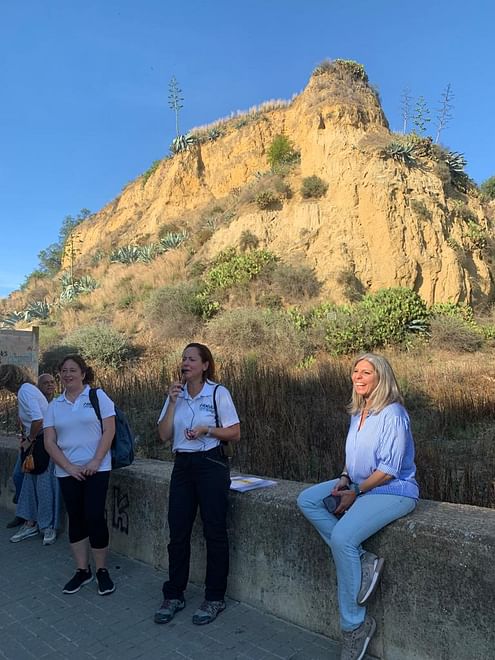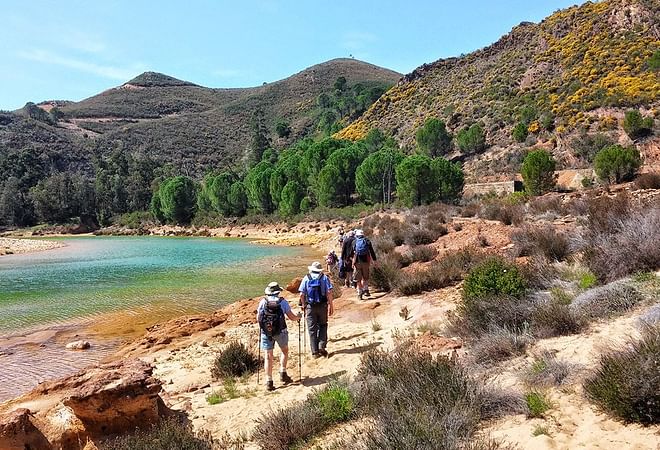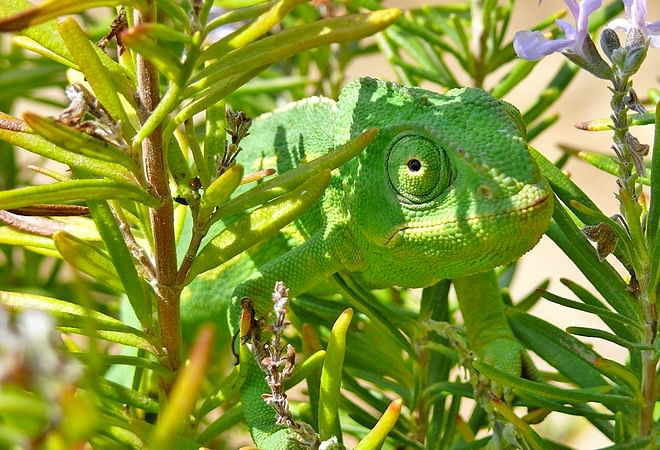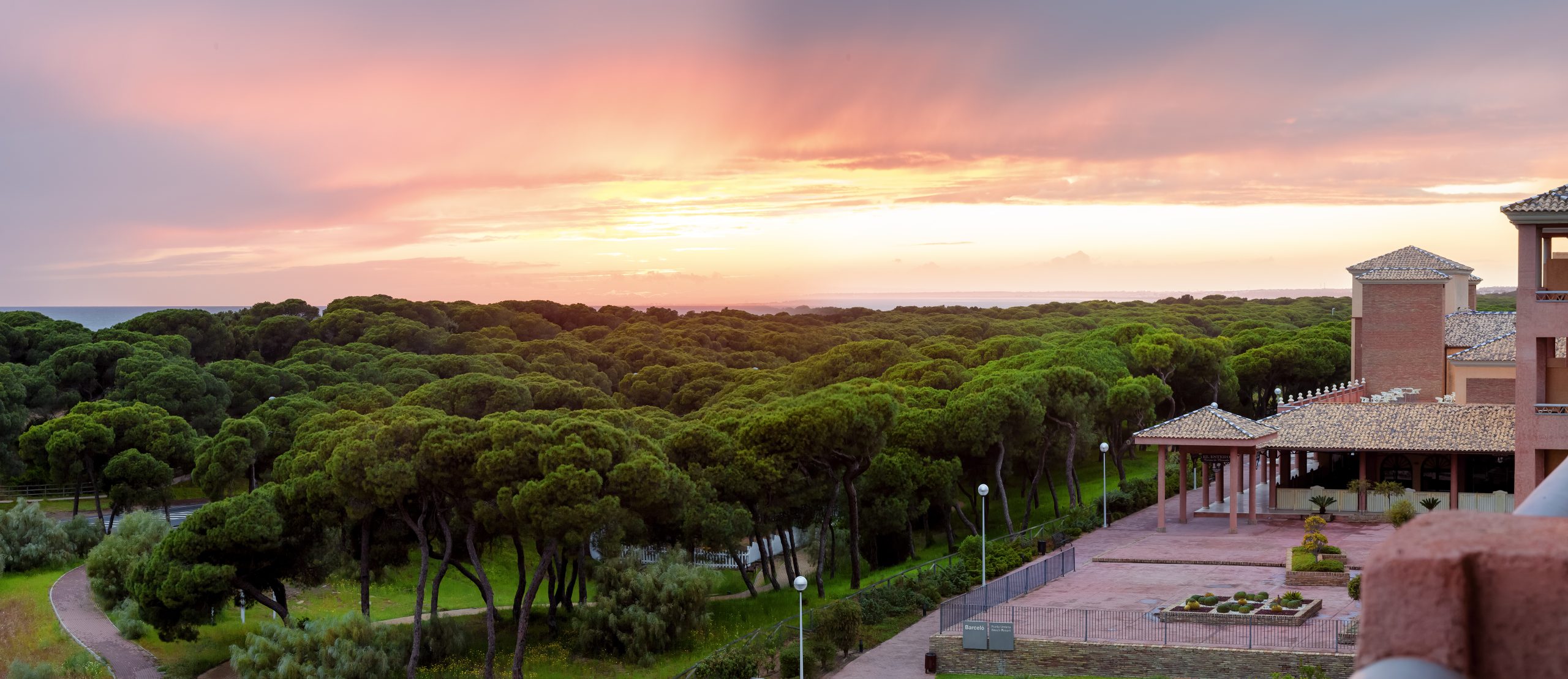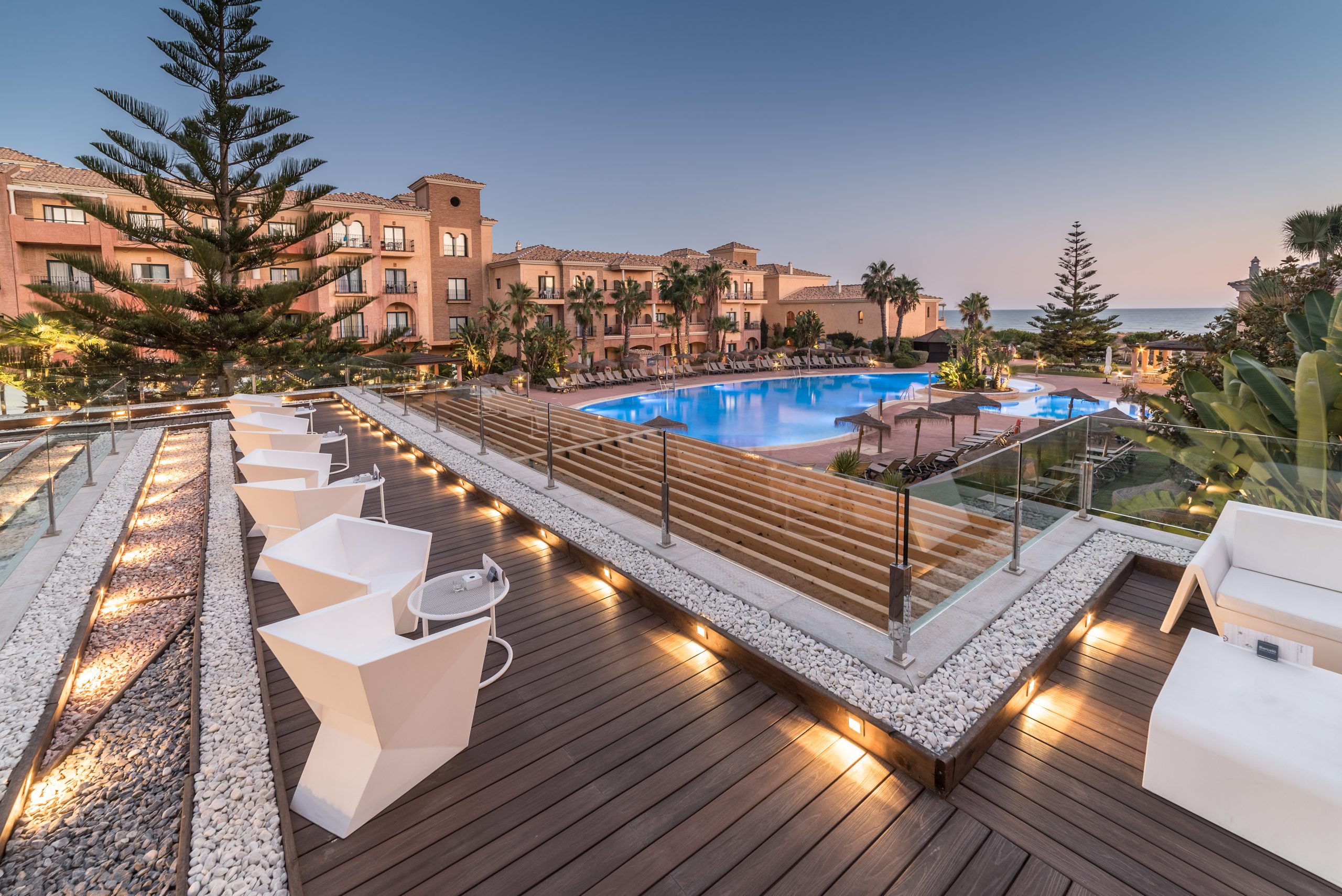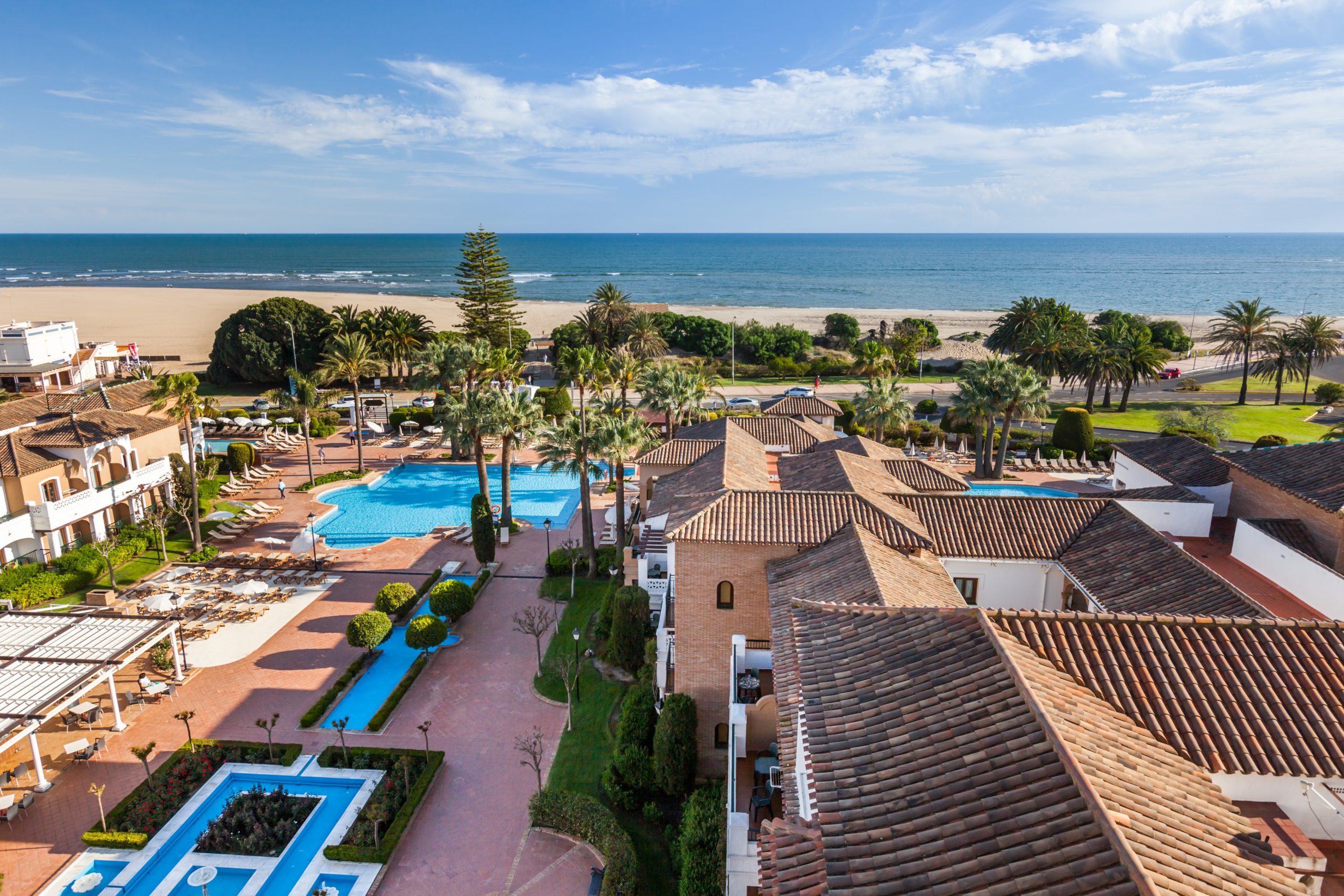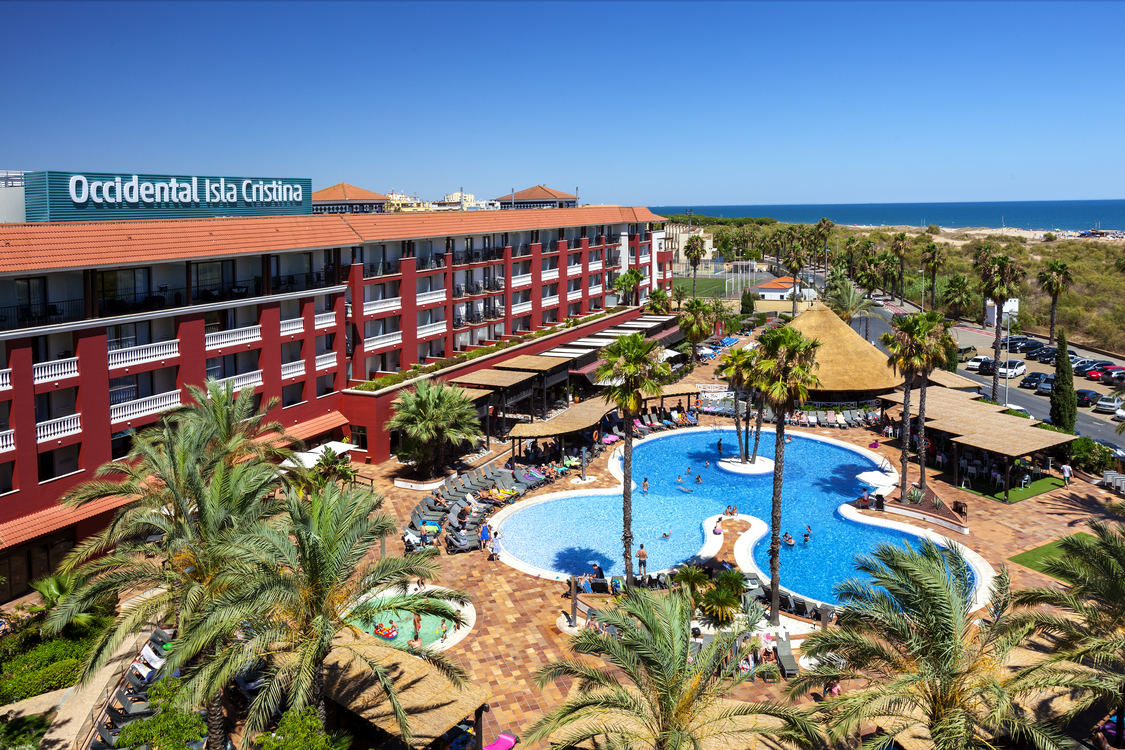Matalascañas is one of the main tourist spots along the coast of Huelva. It is in the Almonte municipality and has both a coastal ambience, thanks to its famous beach, and a countryside setting, since it is right next to the Parque Nacional de Doñana.
It actually sprang up from almost nothing in the 1970s as a tourist location. Before that, hardly anybody lived in the area because it was not at all easy to reach. At the time, it was called Torre de la Higuera, a name that referred to the watchtower that King Phillip II of Spain commissioned in the area as a defence mechanism for the coast. Unfortunately, the tower is now in ruins.
So, Matalascañas is essentially a tourist town and the population sours from 3,000 inhabitants in the winter to over 100,000 in the summer. Given its proximity and the excellent Seville-Huelva motorway, it is very popular with people from Seville.
What to do in Matalascañas
So, what can you do in Matalascañas apart from go to the beach? A tourist hot-spot, the best features of Matalascañas are actually outside the town. Without a doubt, Doñana and Parque Dunar are two not-to-be-missed excursions when you visit the area. Furthermore, you really should take a trip to El Rocío, the final destination of the famous annual pilgrimage held between late May and early June.
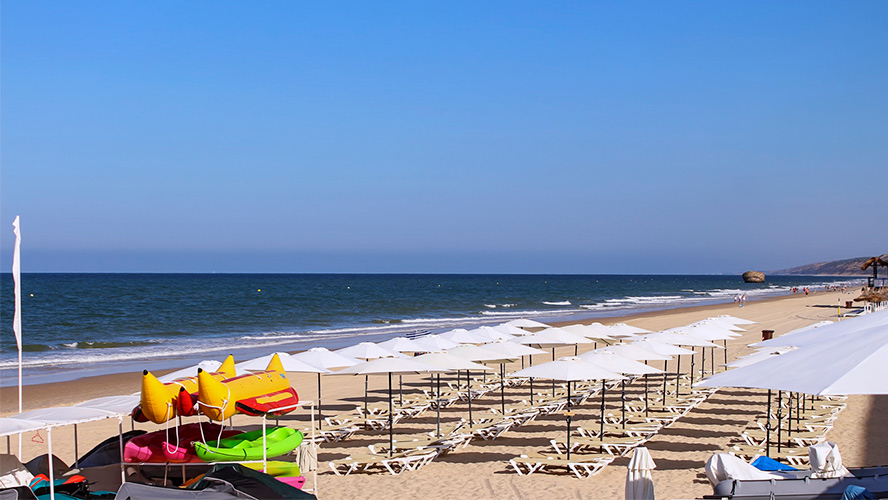
Matalascañas itself is a residential area and it has everything that you need for your holidays such as supermarkets, shopping centres and restaurants. Matalascañas seafront promenade is also a lovely spot to take in the sea breeze or watch the sun going down over the Atlantic.
Visiting the Parque Nacional de Doñana
Matalascañas is surrounded by a national park: Parque Nacional de Doñana, It is one of Spain’s top natural environments and home to the Iberian lynx, the most endangered feline on Earth. If you want to go there, Matalascañas is a great starting point since the routes leading into the park start at the Visitors Centre in El Acebuche and in El Rocío, both of which are close by.
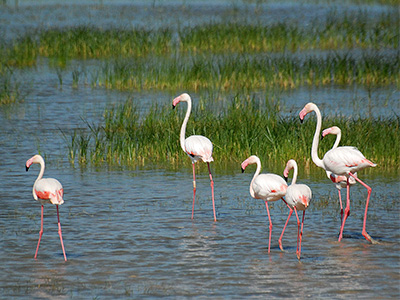
Starting out in El Acebuche, you can take a 4×4 ride across a variety of different ecosystems including dunes, a beach, a forest, marshland and scrubland. In El Rocío, head to Acebrón palace, another of the visitor centres.
Doñana was awarded national park status in 1969 and it is the largest ecological reserve in Europe. It has been a UNESCO World Heritage site since 1994, with diversity being one of its main characteristics. There are a number of different ecosystems that are home to, or passing places, for a wide range of species. Some, such as the Iberian lynx or the Spanish imperial eagle, are very endangered species.
Visit Doñana at any time of the year. Each season, there is something different to see. The fauna varies depending on if you visit in the summer or in the winter.
Parque Dunar de Matalascañas
Parque Dunar de Matalascañas is an area of dunes running along the coast from Matalascañas all the way to Mazagón. In all, there are around 130 hectares of arid land all along the coast with a combination of dunes and pine trees.
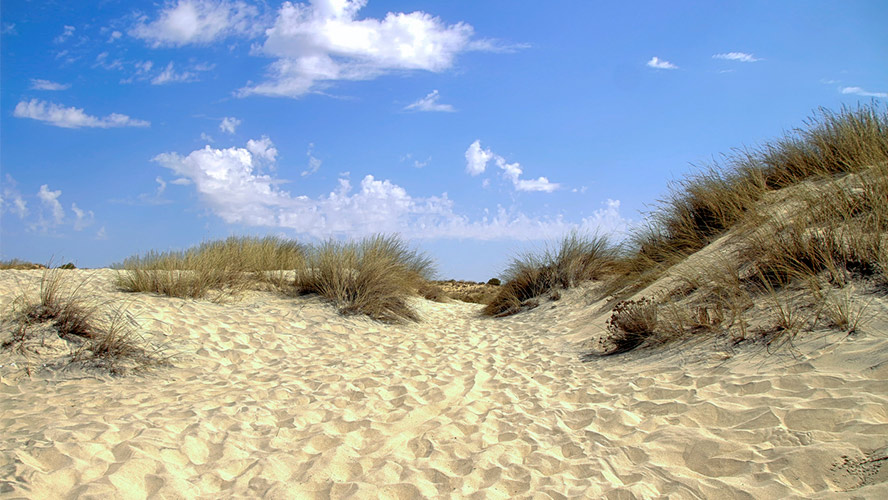
The dunes were formed following a small earth tremor followed by sediment deposits. After that, small plants and pine trees started to grow there.
Enjoy the flora and fauna in this rather special natural environment by hiking along the network of paths. The most popular route is a circular one that is just over six kilometres long. It gives you an excellent idea of all the different aspects of the park.
Torre de la Hiuera
Matalascañas used to be called Torre de la Higuera. Indeed, some local people still use that name. It refers to the tower (‘torre’) that was built on the beach. Fires were lit inside the watchtower to ward off unwelcome visitors. Five towers of this kind were built along the coast of Huelva to protect it from Berber attack.
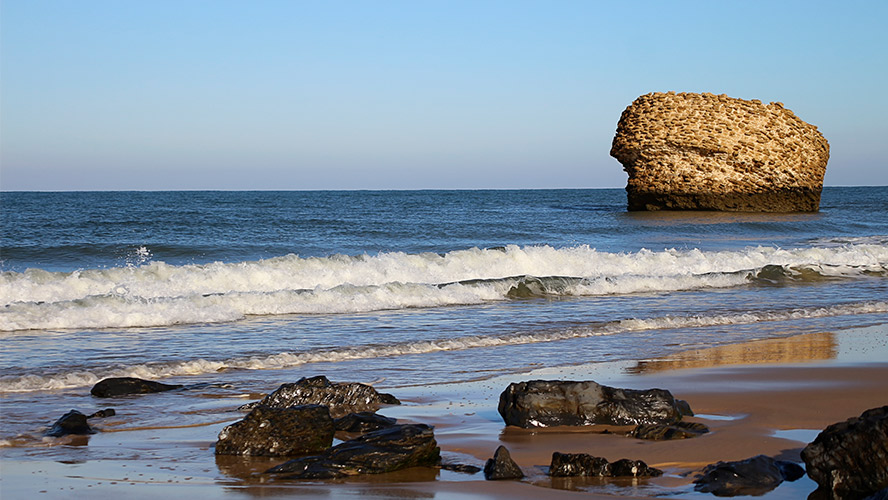
All that remains of the tower on Matalascañas beach now are some ruins. Nobody actually knows what caused the tower to fall down but legend has it that is was the earthquake that hit Lisbon in 1755.
Matalascañas is a true tourist icon in southern Spain. However, you really should not miss out on visits to other parts of Huelva when you go there. Punta Umbría, Moguer and Marismas del Odiel are all close by.
Matalascañas beach
In addition to being close to Doñana, Matalascañas also has a wonderful beach. There are over five kilometres of fine, white sand stretching out from both sides of the town. It is definitely one of the best beaches in Huelva and one that is not to be missed if you are holidaying along the coast of Andalusia.
The sand on Matalascañas beach is fine and white and, since the beach is so large, it never feels overcrowded. There is a more urban section close to the houses with excellent services and access for the disabled. Each of the two ends of the beach (leading onto Doñana and Parque Dunar, respectively) have natural, mostly untouched sections.

























































